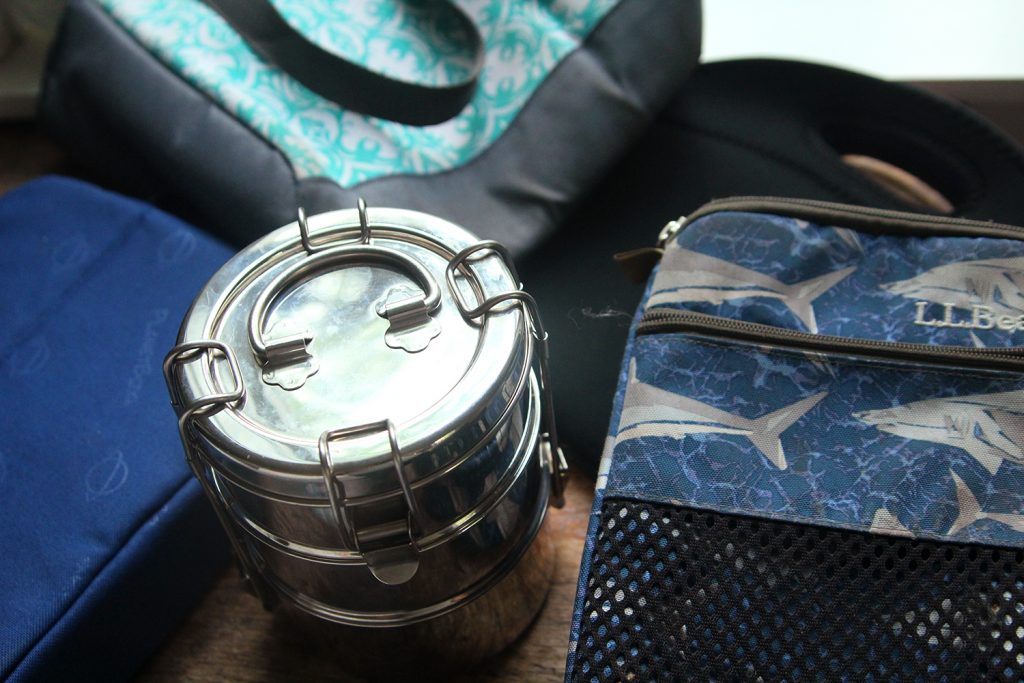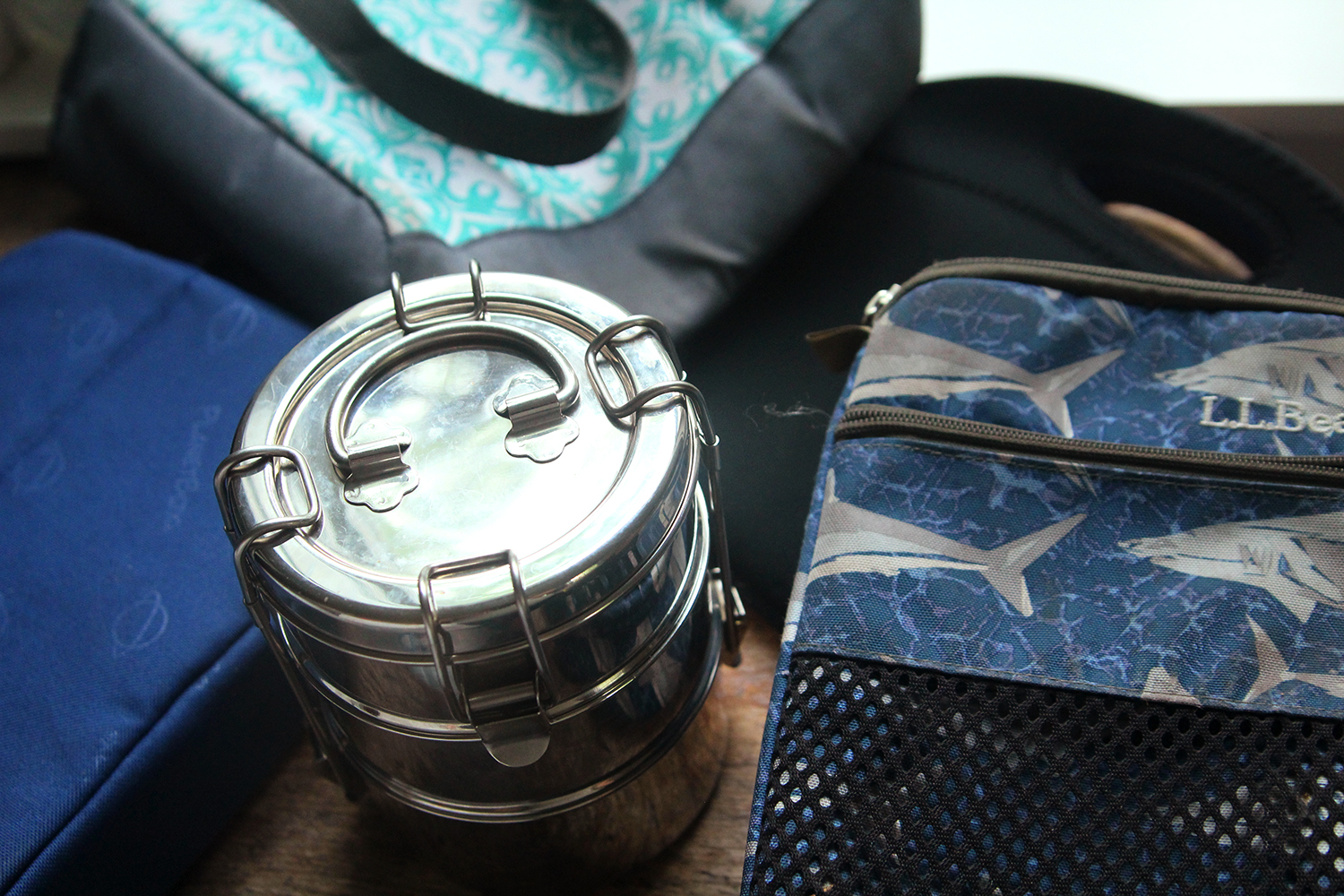Times have changed since the days of plastic lunch pails and sandwiches wrapped in waxed paper. These food safety tips for lunch boxes will help you pack better lunches.

On one of the first days of kindergarten, my brand-new friend Lisa discovered what happens when your mom packs Coke in your thermos. It was messy.
(Disclaimer: It was the 80s. Parents were … different then. Kids drinking soda wasn’t unusual.)
Aside from that important lesson (seriously! never put soda in a thermos), there was never much thought to food safety and lunch boxes back then. Our parents would pack our snacks, sandwiches and juice boxes in our metal or plastic lunch pails and off we’d go. Then they’d sit in our cubbies until lunchtime hours later.
But knowledge evolves, and so has the designs of lunch boxes. Although you can — with some effort — find those vintage or vintage-inspired metal or plastic lunch pails still, lunch boxes today are often insulated and built to keep cold food cold or hot food hot.
And we know — or at least talk more about — foodborne illness these days too. Packing safer lunches goes hand in hand with that.
These food safety tips for lunch boxes will help keep your lunches just right while traveling to work or school.
Choose An Insulated Lunch Box
Although the old school lunch pails and brown bags are fun to reminisce over, they don’t insulate the food. Instead, choose insulated lunch boxes and bags for your lunch carrying needs. Whether you choose a neoprene lunch bag or a different insulated lunch box, there are many styles and options available from local and online retailers.
Keep Food At Proper Temperatures
Foodborne illnesses often result from food not kept at the right temperature. Having an insulated lunch bag is a good first step. But there’s more to do. Use a thermos for hot items and invest in multiple freezer ice packs to keep cool foods cold at all times.
Keep Foods Chilled Until Ready to Go
It’s totally okay to prep lunch box foods the night before. It’s encouraged even — that makes lunch box packing a breeze. But don’t pack the lunch box until the last minute. That will ensure that cold foods stay chilled longer, keeping them safer to eat.
Teach Proper Hand Washing Hygiene
Wash your hands! How many times do we say that? But if you’re only doing it (or reminding your kids to do it) in relation to bathroom use, you’re missing some important times for hand washing. Washing our hands more regularly — particularly before and after eating — is good hygiene. If you are packing lunches for kids, remind them of this all the time. And if your lunch packing is for yourself, don’t skip this important food safety step.
It’s also a good idea to pack a bottle of hand sanitizer in lunch boxes as a backup for when a sink isn’t available.
Say No To Food Sharing
This is particularly something to note when it comes to kids and cafeteria food swapping. Ultimately the sharing of food also means the likely sharing of germs, especially if food is being handled with hands or if already used utensils or tools like spoons and straws are being shared. Teach kids (and you remember this too!) to just eat their own lunches.
These food safety tips for lunch boxes will help keep lunchtime safer for all. Are there any other tips you’d add to this list? Share them in the comments!

